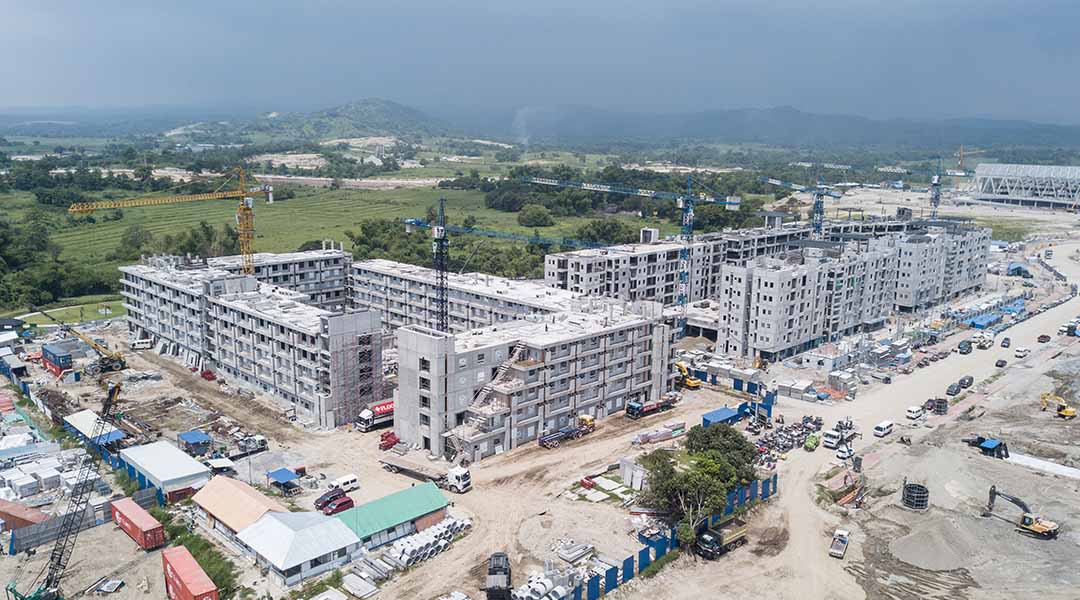
Into a brave new world: An architect and developers ask the right questions towards building a better normal
The first LIXIL ‘Build A Better Normal’ Design DeepDive™ Live Session, ‘Advising Clients in a Brave New World,’ streamed live last 22 July 2020. Speakers Sigrid Zialcita, President and CEO of Asia Pacific Real Estate Association (APREA); Jojo Tolentino, President and CEO of AIDEA; and Dr. Christine Bruckner, Director of M Moser Associates, presented strategies to guide clients and stakeholders towards innovative business and design solutions for a safer, pandemic-ready world.
Conceptualized by BluPrint’s former editor, who moderated the live session, Judith Torres invited three reactors to respond to the presentations and kickstart an hour-long Q&A with the audience. The reactors were: Toni Vasquez, CEO and Principal Architect of T.I. Vasquez Architects & Planners; Dexter Lee, Managing Director of Luana Lifestyle and Leisure Hotel and co-developer of Lotus Central Mall; and Cherie Fernandez, Vice President for Developments of Federal Land.

YOU MIGHT LIKE: ‘Build a Better Normal’ live sessions reveals first panel of on-screen reactors
After the first live session, BluPrint got in touch with the three reactors to ask them about their insights, learnings, and thoughts on the discourse at the live session. Vasquez, Lee, and Fernandez shared some of their favorite parts of the discussion, the most valuable answers they received, and questions that remain unanswered.
BluPrint: What is your main takeaway from each of the presentations?
Sigrid Zialcita: ‘Asian Real Estate: From Resilience to Reimagination’
Toni Vasquez: That real estate in our region is at a transformative stage. We have yet to see the real impact of COVID-19, but there are signs of growth and stability, despite expected prudence and cost discipline on capex (capital expenditure) and opex (operating expense).
Dexter Lee: We will still be on a growth track regardless of how bad the current condition is. Retail is not (yet) dead in the Philippines as online shopping penetration has not yet reached critical mass, unlike other first-world nations.
Cherie Fernandez: Rapidly growing middle market, cost discipline on opex, offline retail is not dead, and de-densification.
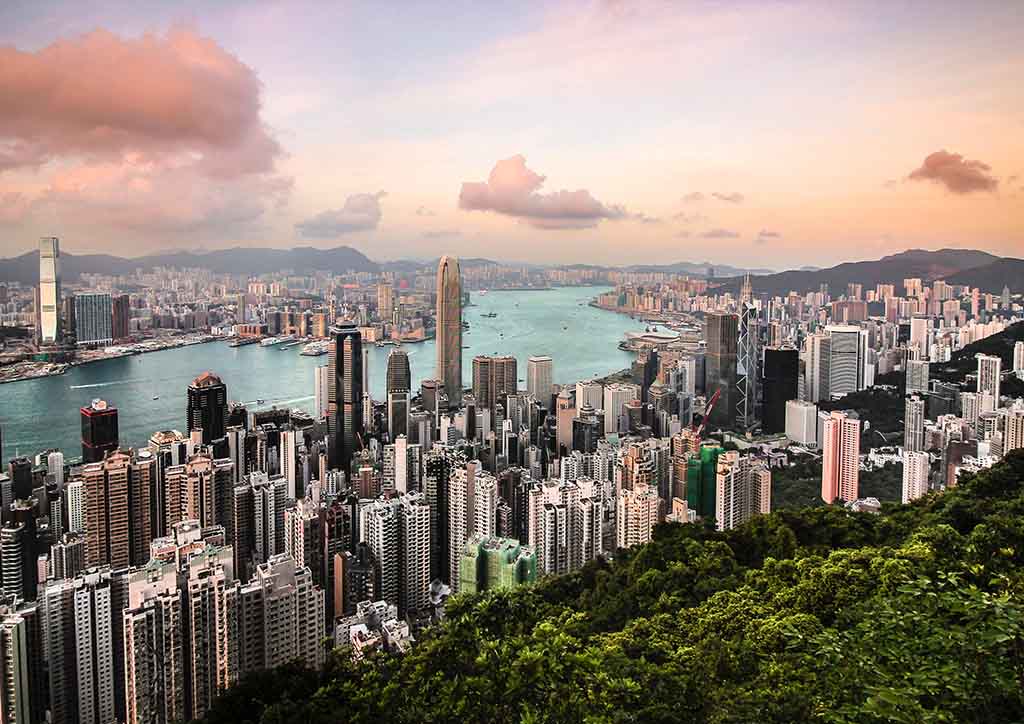
Jojo Tolentino: ‘Survive or Thrive: Partnering for Success’
Vasquez: That now is a time to recalibrate our services and adapt to the changes. I actually like the title of ‘Survive or Thrive’—it really puts emphasis on the challenge of not just surviving but powering through—to come out as a better version of ourselves, our organizations, and what we stand for.
Lee: Designers who succeed are the ones who have evolved from only delivering a service to being a trusted advisor of the client. Trust is what makes the project a success.
Fernandez: From consultant to adviser; from promise to success; trust over self-interest; virtual reality; and Reset, Refocus, Redefine, Reshape, Renew.

Dr. Christine Bruckner: ‘Embracing a workplace paradigm shift prioritizing human wellbeing and planetary stewardship
Vasquez: That we are now at a time where increased accountability on the performance of spaces is expected. Christine reminded us to be adamant in fostering health and wellbeing for our users and the environment.
Lee: There is a shift of priority due to the pandemic. We are now prioritizing health and meeting human needs. (Christine) emphasized the importance of the concept of biophilia and how it can dramatically improve efficiency and overall wellness in the workplace.
Fernandez: Rethink: How do we take care of each other? Create safe and healthy spaces with a sense of urgency; laser focus on respecting each other. Biophilia’s critical concentration on stress relief; Incorporate people movement in design; and spaces that heal

READ MORE: Are you ready to build a better normal?
During the Q&A, Vasquez was the first to pitch her question to APREA CEO Sigrid Zialcita: “As we move towards an even stronger technologically connected world, do you think to a certain degree this would sink globalization? And with people not needing to cross borders, do you think this will have a negative effect on real estate in our region?” Zialcita responded positively, saying globalization is how we do business in Asia, and it is inevitable. She underscored that technology is an enabler to how we do things. Zialcita cited that about 50% of Asia’s regional GDP is from trading with each other, and although the pandemic has paused some, if not all, transactions within the region, the pause is only temporary.
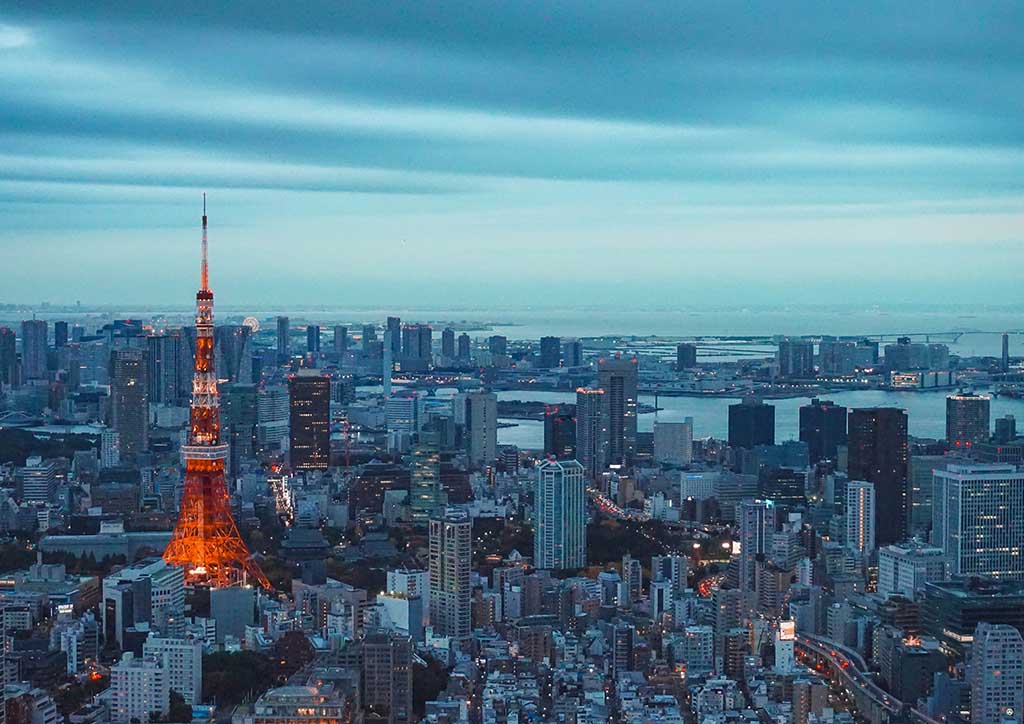
Vasquez also asked about de-densification and migration of people from the city to the suburban and rural areas; whether the speakers see developers initiating the inclusion of or addition of more outdoor living spaces, and how these spaces can be achieved without paying a premium. She asked how architects and designers can convince clients and developers to pursue such initiatives in the absence of data; and recommendations to mitigate the cost of designing and building healthy, smart, and sustainable spaces.
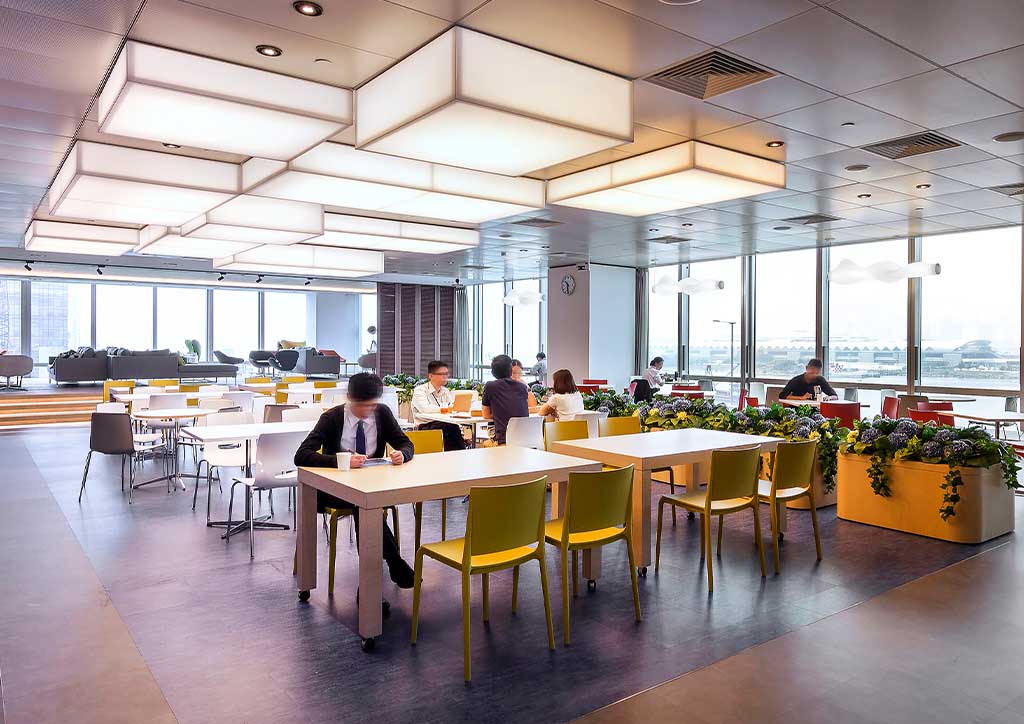
Lee agreed with the speakers that open or outdoor living spaces cost a premium, but attested that having such features in a building or a development, especially during the COVID-19 pandemic, invites more foot traffic, hence a return on investment. However, he did ask Zialcita: “Do you have any foresight or studies as to the trend or what a better normal is for the mall industry?”
Zialcita offered two things to make sure that the value of a mall owner’s asset remains over the long term: First is to “make sure that the malls that you offer and the facility that you offer would be safe and secure for everyone.” The second is to “find a way to complement that with online shopping because everyone now is used to buying online. There is a good mix between the physical and the online, but you have to make sure that what you offer as a mall operator resonates with the consumer.” Zialcita also said that going to the mall is part of the Asian culture, and since the Philippines has a young population and a rising middle-class population, every retail business has something to offer them, and to succeed, owners should know the right service to offer.
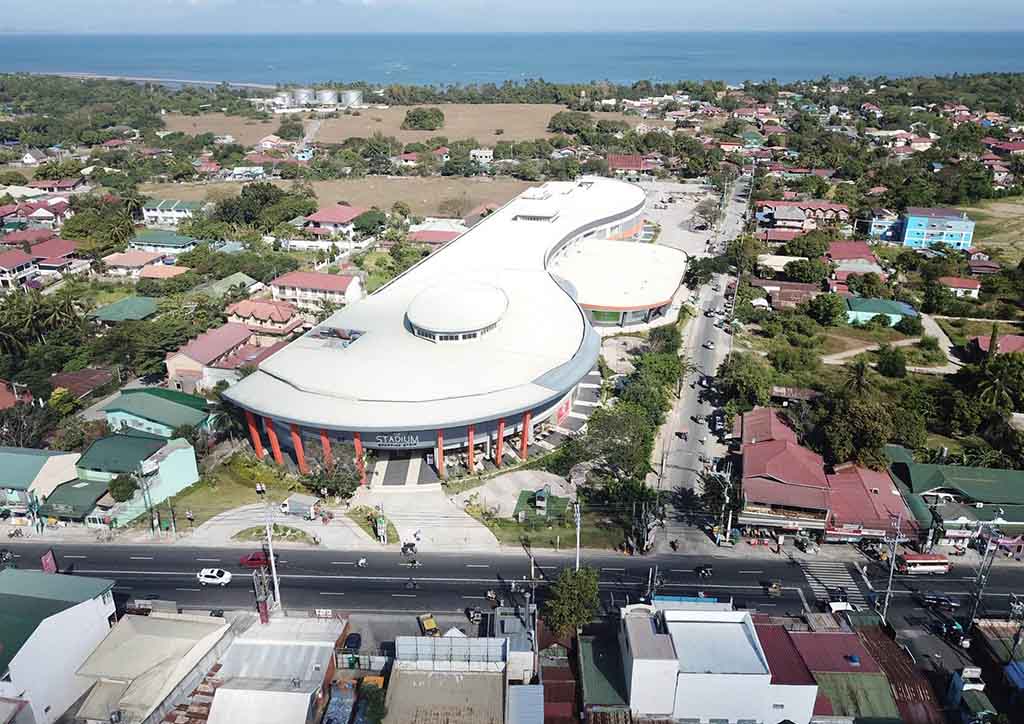
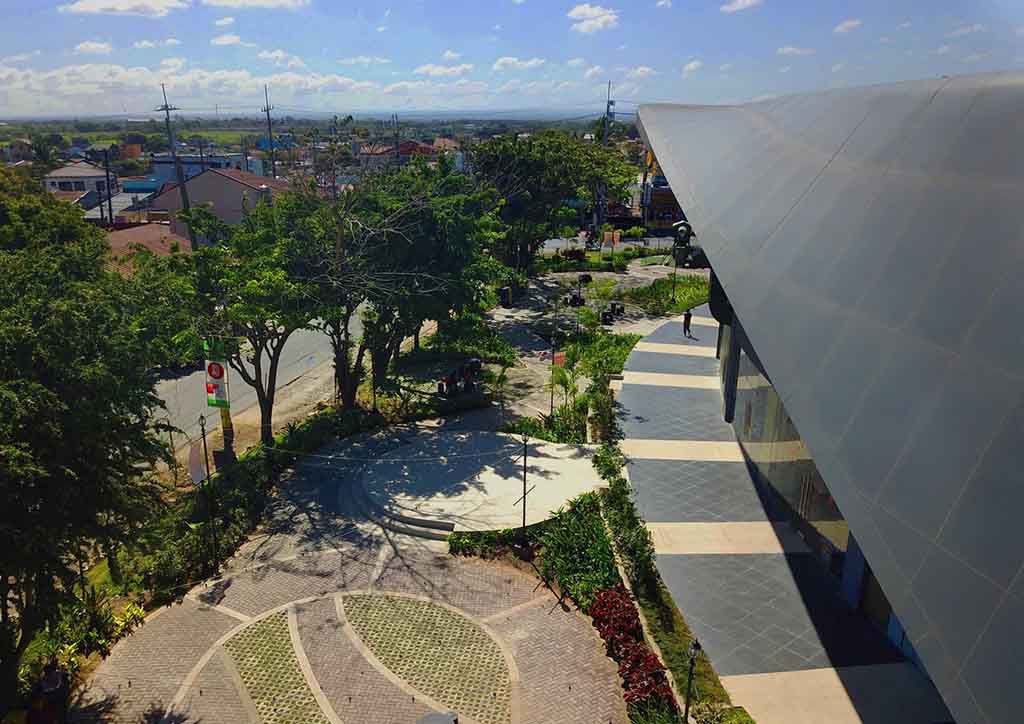
Fernandez, from a perspective of a large-scale developer, said that everyone wants a green, open space, but this must be balanced out with the financials of the project and the viability of these amenities. Tolentino pointed out that open space plays a big role in the financials of a project, but he said that there has been a shift in the way developers look at these kinds of features. “They are trying to see how the financials can be calibrated so that we can provide an open space at the same time, meaning their project is still financially viable,” he explained.
Bruckner added that creating healthy spaces does not necessarily equal additional cost. “The value of health is high enough that it can be there. But it doesn’t necessarily equate to financial because you have air and trees. These are not necessarily expensive; light and air are free. It’s how you integrate them,” Bruckner said.
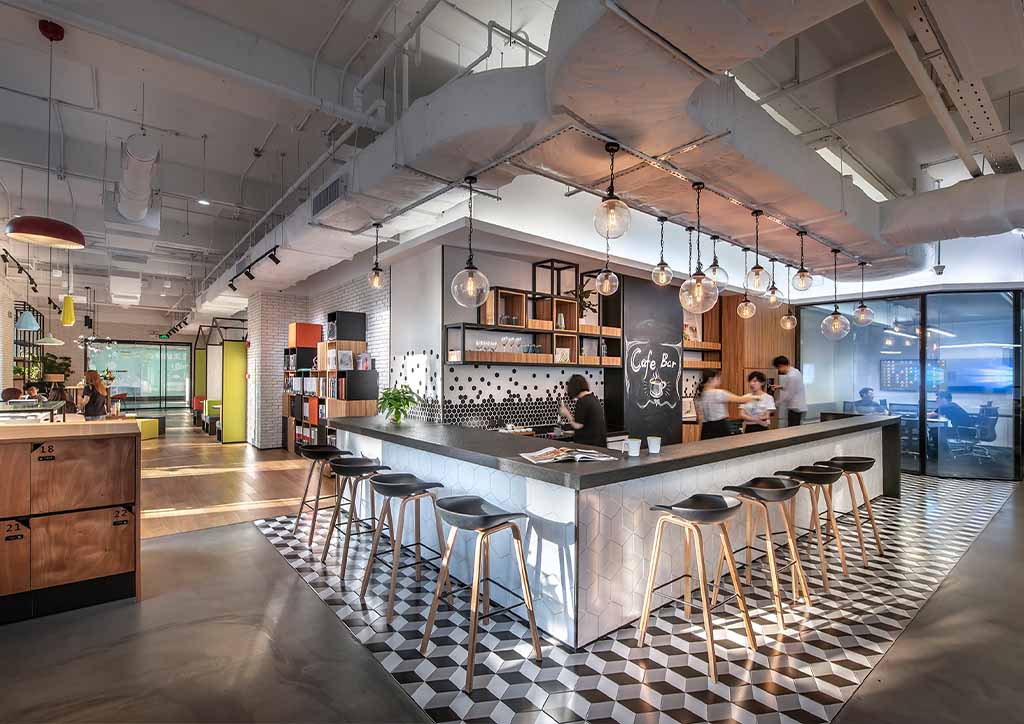
Fernandez then asked: “What sustainable basic features or design changes would you advise your clients to look for in a commercial, residential, or a mixed-use building that will serve as a competitive advantage to their competitors?” Bruckner answered, emphasizing the value of air quality and versatility of space; while Tolentino underscored the importance of choosing the right materials, understanding the new ways people will live after this pandemic, and the flexibility of spaces in the development.
YOU MIGHT LIKE: Build a Better Normal: Advising Clients in a Brave New World
The reactors had many more questions, but the live session lasted less than two hours. So, BluPrint asked:
What was your ‘burning question’ and what did you most appreciate from the answers? What idea or approach was discussed that would be beneficial to your business or industry if more people embraced it? Please expound.
Vasquez: The most important part of the exchange that I wanted to discuss further was on cost and affordability. It’s always the biggest challenge in a developing country. I wish there was more time to really discuss in more concrete details how we can navigate around the usual choke point in pursuing these agendas.
I liked Sigrid’s answers on how the Singapore government contributed in pushing for sustainable design. Reminds me of how the US also did the same so that LEED will get traction. I remember the US setting an example to local developers by converting a few government buildings into LEED-certified structures. It’s something we can only hope to happen in the Philippines too—a drastic change in public policy and robust contribution and incentive to make these efforts more achievable and affordable. Here’s to hoping!

Lee: The burning question I had that I did not get the chance to ask was what are some of the most interesting changes in the plans that they proposed or their clients asked for due to COVID-19? I sincerely appreciate architect Jojo’s statement that it is the client’s philosophy that drives the project’s overall direction, and it is because of this that I realize that attending more talks like this and speaking to more experts in the field is a valuable source that will educate us clients to build a better normal.
Fernandez: Burning question: Sustainable wellness features, and materials recommended for use based on COVID-19 (pandemic) learning. Most appreciated answer: “WELL” buildings are based on performance and evidence.
What other exchange was of most value to you or interested you the most? Why?
Vasquez: I have a copy of the WELL checklist and I agree with Christine that some principles are achievable with zero to minimal cost. I will definitely continue to apply them as a basic part of our designs, just like LEED.
Lee: That green features and use of the natural environment doesn’t have to be expensive. It’s practically free, and there are ways of incorporating it to design. It was enlightening to hear this from leading designers in the field because it is a (valid) misconception that these features always equal cost and less efficiency.
Fernandez: Ideas beneficial to the real estate industry: a) quality of space, b) wellness features used to be options, c) workplace community infused within nature, and d) project management virtual tools
READ MORE: Tolentino’s Manifesto

What would you have liked to add but didn’t get a chance to? Or: Which topic(s) should have been discussed more? What information would you have wanted to hear from the speakers?
Fernandez: a) Affordable and available smart solutions to reduce touchpoints, b) package or delivery handling, c) how much more is the market willing to pay for wellness features, d) how do we take care of the low-end market, and e) progress of solar power or lighting
Vasquez: I agree with everything Cherie’s said. In addition,
For Jojo: Mitigating cost on our digital transformation. Are we getting closer to the era of being able to supervise construction sites remotely?
For Sigrid: Is there a real estate sector we can consider most in danger? Hospitality? BPOs?
For Sigrid and Cherie: With work from home becoming a permanent setup to a lot of people, a demand for increased space seems inevitable. Do we expect an increase in minimum sizes for our space requirements?
For Christine: In integrating WELL into our spaces at the very minimum, how much increase on cost per square should we expect?
Planning wise, how do you strike a balance between limiting congregation points (based from Sigrid’s forecast) and nourishing collaboration in the workplace?
Do you think that educating the public on WELL and quality spaces is equally important so that they can drive the market and also know how to sustain their spaces?

Lee: I think it would be interesting to discuss a case study or an actual project that highlights the benefits discussed by our designers similar to what Christine showed in her presentation, but perhaps something more in-depth.
Towards the end of the Q&A segment with the reactors, live session moderator and former BluPrint editor-in-chief Judith Torres asked Zialcita: “Do you see a direct connection between government incentives and the level at which countries succeed in promoting wellness?” Zialcita replied, “I think it’s very important that all of us in the industry work together. This is not just a private sector initiative, but we’ve got to work with our government, our lawmakers, to ensure that they include this as part of growing the business because it’s very very critical.”
Zialcita cited Singapore, Japan, and Australia as the top three countries in the Asia Pacific region with the most advanced sustainability and wellness efforts. She said that Hong Kong is catching up as well. Zialcita added that the government’s use and promotion of technology is crucial, as well as institutionalizing and incentivizing sustainability and wellness goals and requirements.
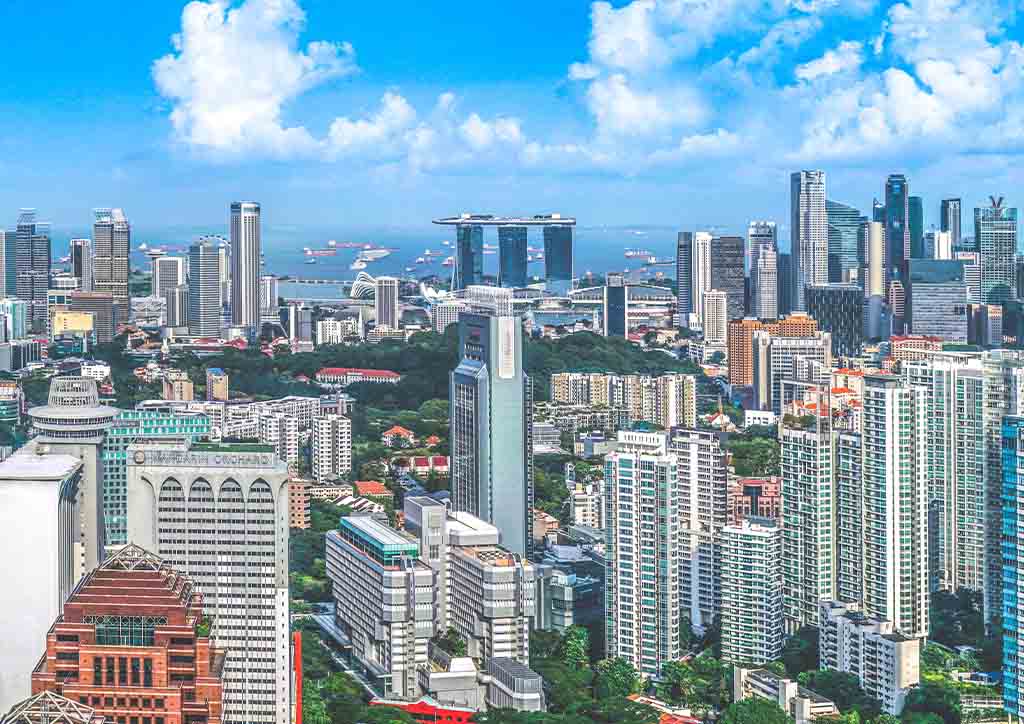
As the discussion ended on this note, the last question BluPrint asked the reactors was:
Did the exchanges during the live session make you personally more hopeful about the Philippines building a better normal?
Vasquez, Lee, and Fernandez responded with a resounding “yes.” Fernandez shared that she personally found the questions sent by the audience as quality ones. “There was an honest interest to learn from the viewers,” she said. Vasquez ends on a hopeful note, saying, “I believe that we are looking in the right direction. I just hope the government will do its part so we can really push forward.”
Design DeepDive™ Live Sessions is a platform LIXIL Asia Pacific has organized for designers across the region to discuss relevant issues. The first webinar series was hosted by India and ‘Build a Better Normal,’ by the Philippines.
The sub-theme of the second LIXIL Design DeepDive™ Live Sessions is ‘Co-Creating with Government: Opportunities for Positive Change.’ The discussion focuses on policymakers, business owners, and design professionals working together to help weakened demographics recover, and hopefully, withstand future crises. It streams live from 2:00 PM to 3:15 PM (UTC+8) on the GROHE Facebook page on 5 August 2020. Watch the live session free of charge. Register now.


